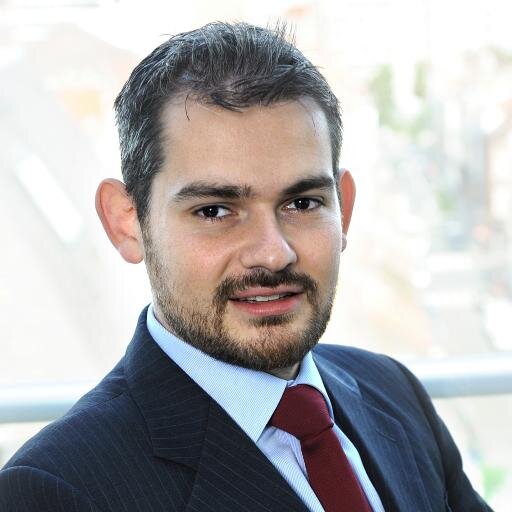Home buyers across the European Union (EU) could be offered better borrowing rates on mortgages in return for purchasing more energy efficient homes or committing to implement energy saving work within properties, under a ground-breaking project being pioneered by a unique partnership of banks, property valuers, energy efficiency businesses and utility providers.

The European Energy Efficiency Mortgage initiative, launched a week ago by a consortium led by the European Mortgage Federation – European Covered Bond Council (EMF-ECBC), aims to create a standardised “energy efficient mortgage” based on preferential interest rates for energy efficient homes and/or additional funds for retrofitting homes at the time of purchase.
The project represents the first time a group of major banks and mortgage lenders, as well as businesses and organisations from the building and energy industries, have come together to address the concept of energy efficient mortgages. The project partners are the Ca’Foscari University of Venice, RICS, European Regional Network of Green Building Councils, E.ON, and SAFE Goethe University Frankfurt.
Creating a private bank financing mechanism to encourage the energy efficient improvement of households is a key means of helping the EU to meet its energy saving target of 20% by 2020, and to deliver on the ambition of the historic climate change deal, known as the Paris Agreement, which was reached at COP21 last December.
It is also said to be particularly timely given the growing global institutional and investor interest in climate finance and private sector investment required to fund low carbon initiatives, which will be the main focus of COP22, the next major climate change conference which takes place in Marrakech, Morocco in November.
The European Energy Efficiency Mortgage initiative is significant in that it will explore the link between energy efficiency and borrower’s reduced probability of default and the increase in value of energy efficient properties. For banks and investors, this could lead to loans which represent a lower risk on the balance sheet and could therefore qualify for a better capital treatment. It could also ensure that banks are able to recognise “energy efficient” assets in their risk profiling, which would begin to help the market to price-in the added value of energy efficient real estate.
The initiative was launched at the World Green Building Council’s BUILD UPON Leaders’ Summit in Madrid, where 200 renovation leaders gathered to discuss how to tackle energy efficiency in Europe’s existing buildings.
Luca Bertalot, EMF-ECBC Secretary General, said: “We have the responsibility to design a sustainable environment for future generations by developing a pan-European mortgage financing mechanism, according to which energy efficiency investments are made more accessible and affordable for consumers and institutional investors, and the subsequent energy efficiency improvements reduce risk for banks, creating a win-win for all involved.”
James Drinkwater, Europe Regional Director, World Green Building Council, said: “The Paris Agreement has set a course to keeping global warming to within 2 degrees, but we will need to develop innovative ways of financing energy efficiency in Europe’s homes if we are to stand any chance of meeting that goal. Mortgages which reward consumers and investors by recognising energy efficiency represent one such way, and will undoubtedly play a key role in helping to achieve our ambitious climate change targets.”
Emmanuel Normant, Vice-President for Sustainable Development at Saint-Gobain, which is on the project’s Energy Efficiency Committee and is a Partner of the European Regional Network of Green Building Councils, said: “As we need to speed up progress to meet our climate ambition, Saint-Gobain welcomes this timely initiative which has the potential to accelerate the uptake of renovation in Europe. Forging a common understanding of the value of energy efficiency between all players and private banks is an essential step to unlock investment in energy efficiency.”
